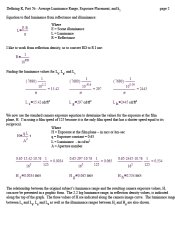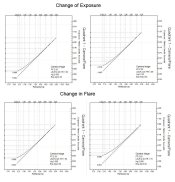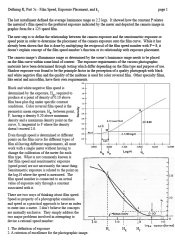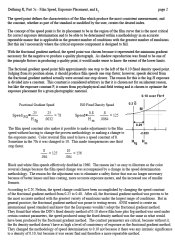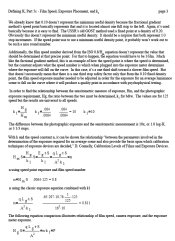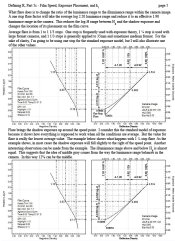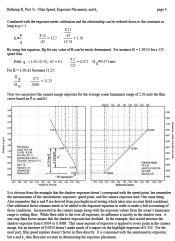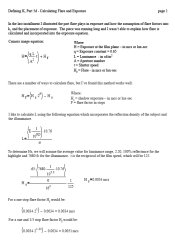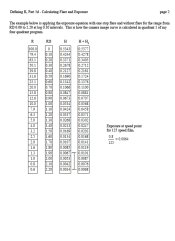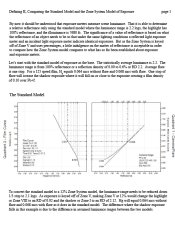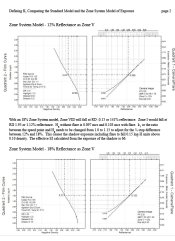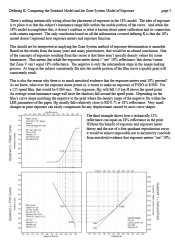Stephen Benskin
Member
Part 1 or Part 5b - Average Luminance Range, Exposure Placement, and k1. I had to split this part up into constituent parts. It was becoming way too long an installment. Plus, I was having writers block with a transition.
This part is finally getting into the application of the theory as it begins to define the standard exposure model.
This part is finally getting into the application of the theory as it begins to define the standard exposure model.









